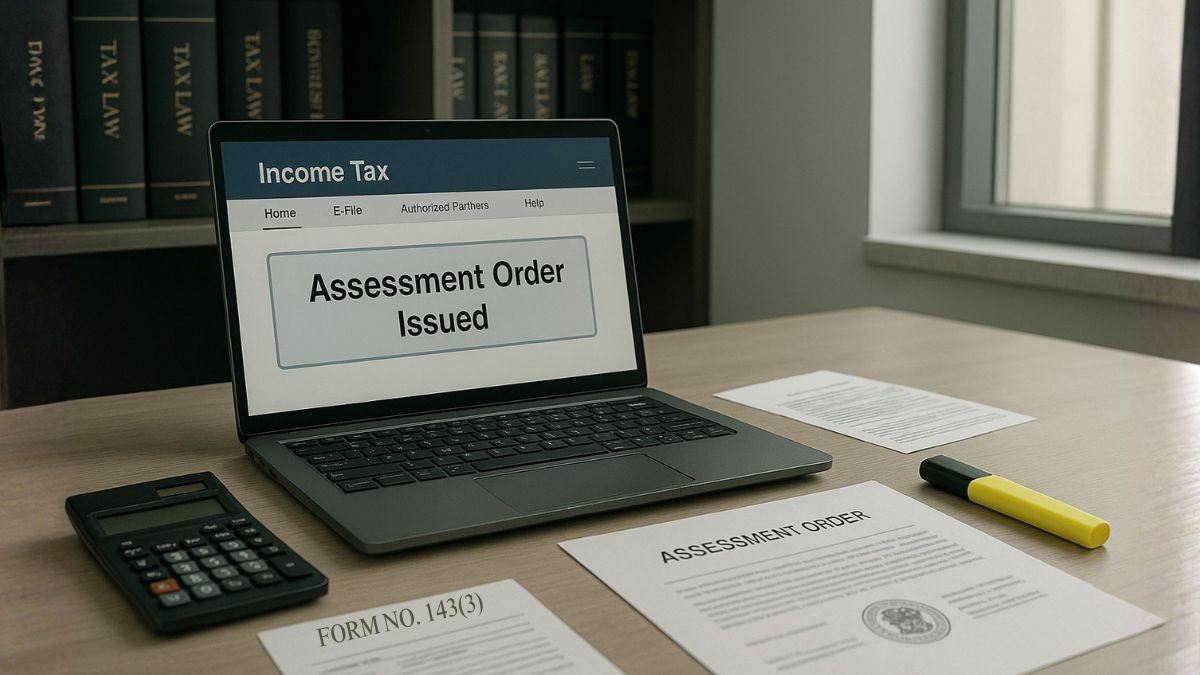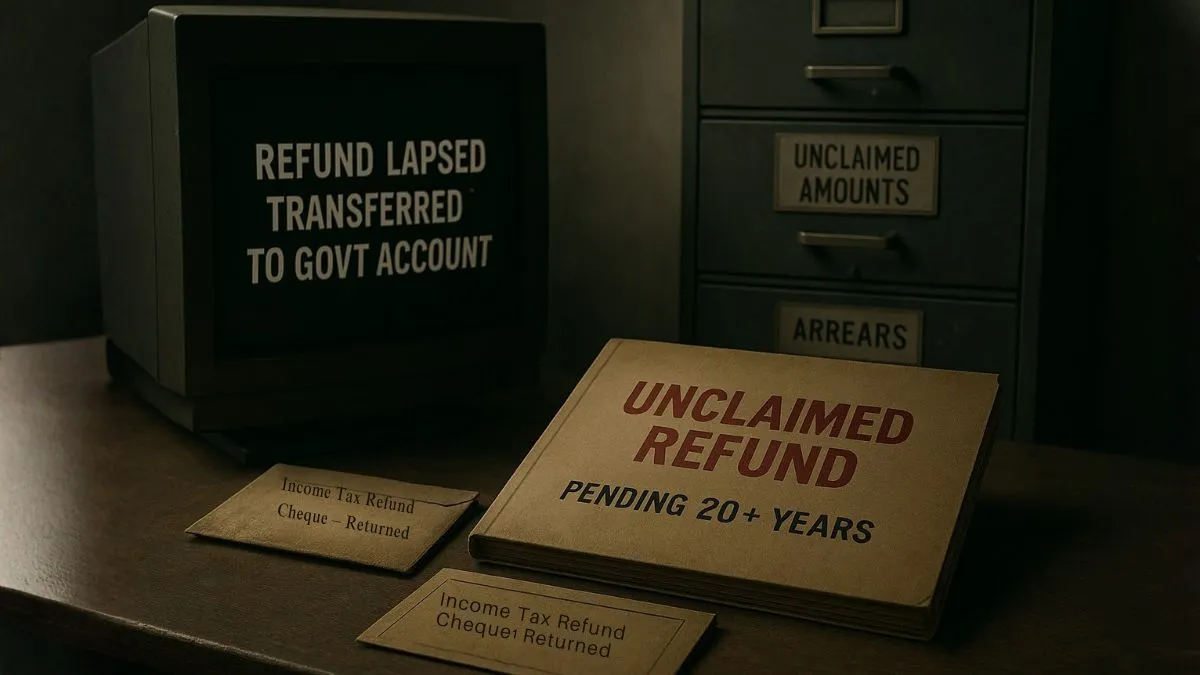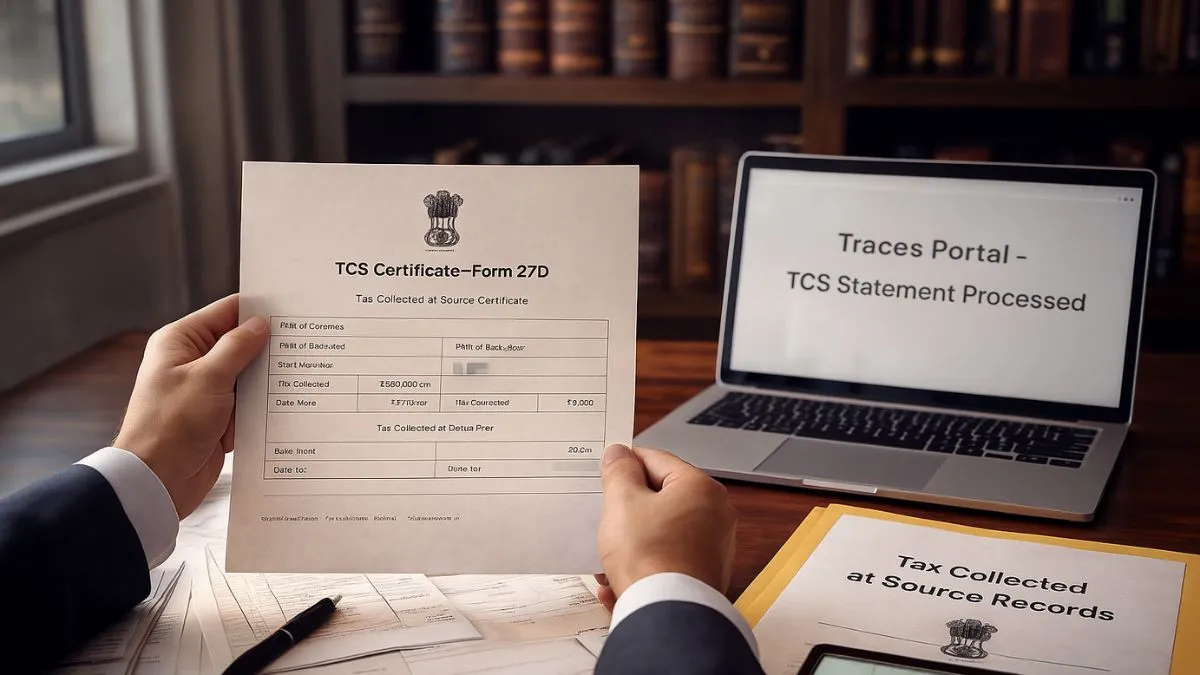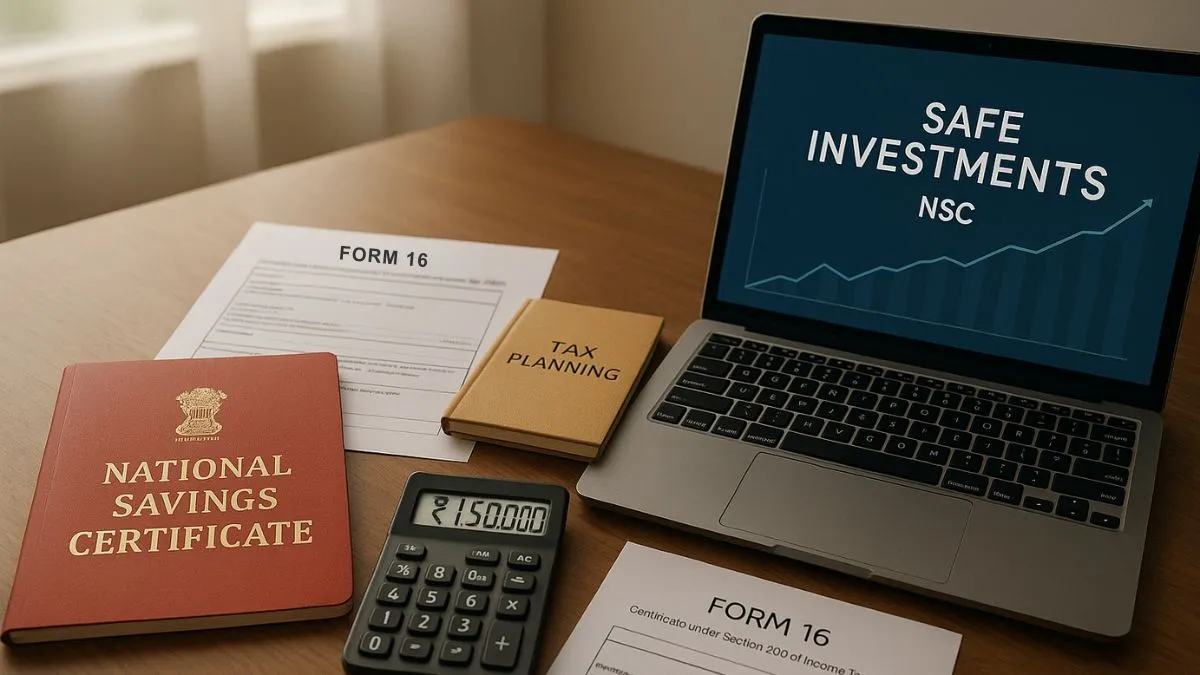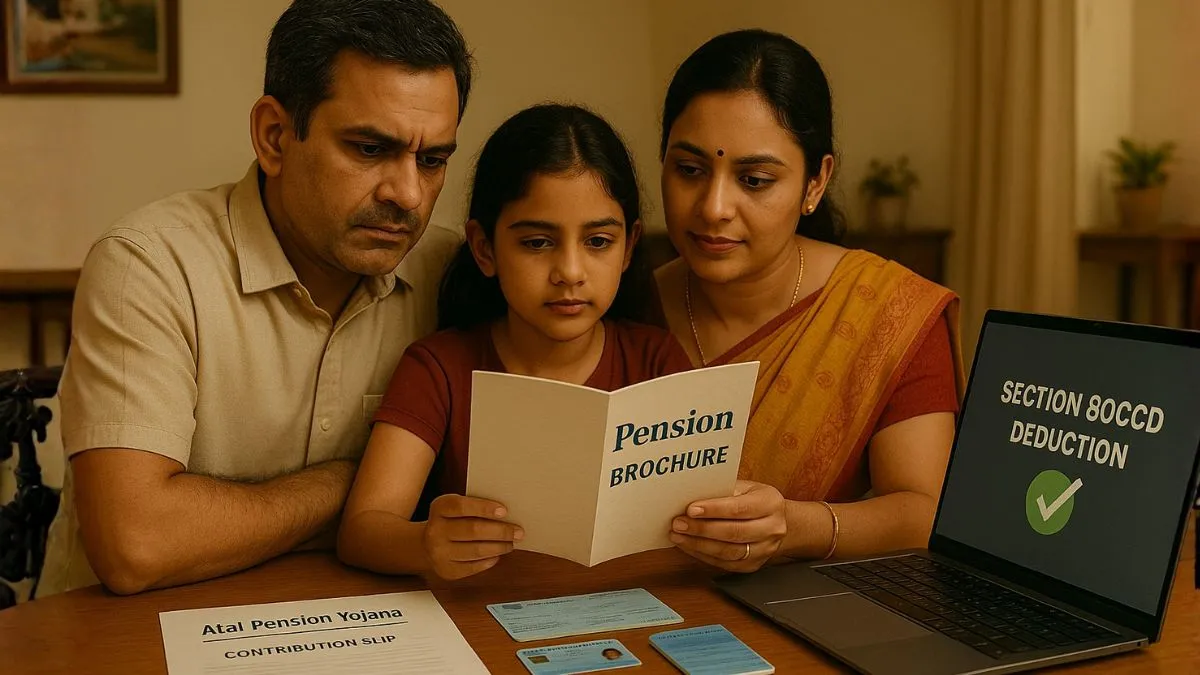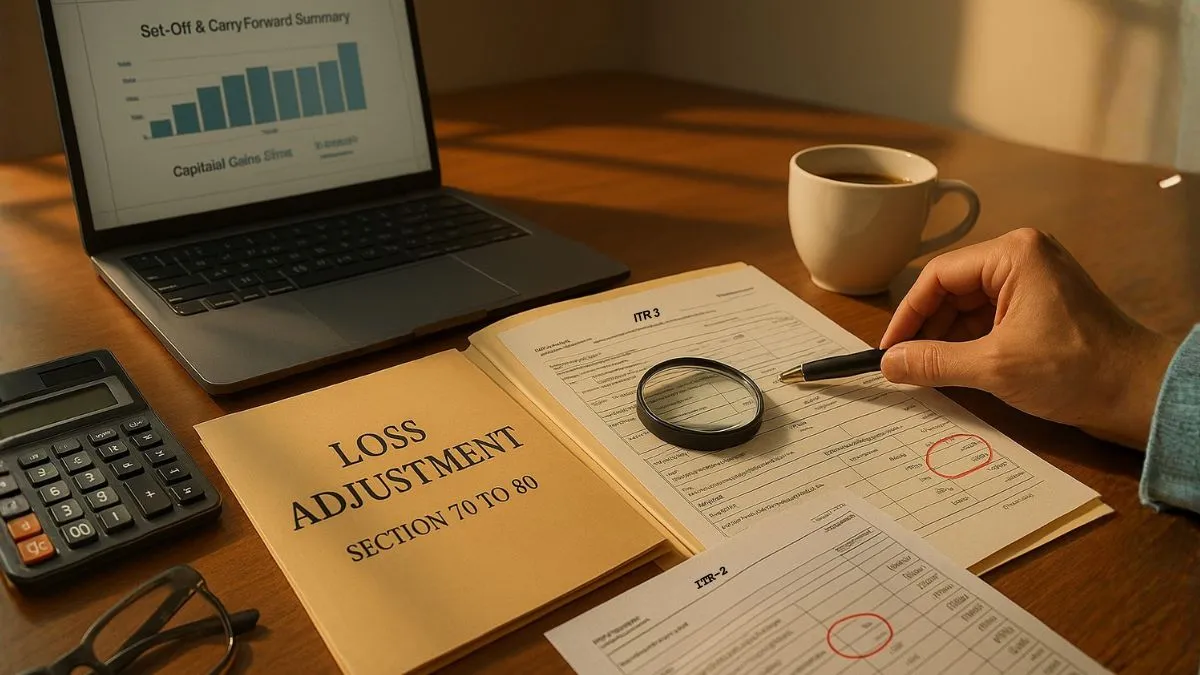
There are parts of the Income Tax Act that many people read about today but don’t fully understand because the law has evolved over the years. Section 88B sits in that category. Older taxpayers & many CAs still refer to it because it shaped how senior-citizen tax relief originally worked. Even though the rebate structure has changed in the new framework, the section still appears in discussions, exam material, assessments, and older case law.
So, understanding it is useful — not just historically but also to know how tax policy has gradually shifted to support India’s ageing population.
What Section 88B of the Income Tax Act Originally Stated
Section 88B offered a tax rebate for resident senior citizens who had completed the age of sixty-five years. The section clearly provided a rebate of income-tax in case of individuals of sixty-five years or above, and this rebate was allowed against the total tax payable after deduction calculations.
The intention behind the provision was simple:
People above 65 usually depend on savings, small pensions, fixed deposits, and limited investment income. Their ability to work reduces, but medical & living costs increase. The Government wanted to reduce their tax burden by giving a straight-forward rebate.
This is why the law provides a tax rebate for individuals aged sixty-five and above, ensuring their net tax payable came down to a comfortable level.
Who Was Eligible Under Section 88B?
The eligibility criteria were simple and easy to apply:
- The individual had to be a Resident in India
This is important — NRIs, even if above 65, were not eligible. - The individual had to be at least 65 years old
The rebate kicked in from the financial year in which they completed 65. - The taxpayer had to calculate their total tax first
Then the rebate amount was reduced from this tax liability.
Even today, when senior citizen benefits exist under Section 87A & slab-based relaxations, Section 88B continues to be referenced whenever past cases or assessments are analyzed.
Also Read: Form 15H: The Declaration That Saves Senior Citizens from TDS
How the Rebate Worked
Under Section 88B, the amount of rebate was fixed. Once the tax was computed as per the applicable slab, this rebate amount reduced the final tax payable.
This method had two benefits:
- It provided clarity — senior citizens knew the exact rebate amount."
- It ensured the benefit reached all eligible seniors irrespective of income composition.
Though never designed to replace deductions like Section 80C or reliefs like medical expenditure deductions, Section 88B acted as a final layer of tax relief once everything else was calculated.
Why Does Section 88B Still Matter?
Many people ask this question because the modern tax system now uses Section 87A for rebates, and the definition of senior citizens has been restructured.
However, Section 88B remains relevant because:
- Older assessments still refer to it
- Appellate authorities examine past claims based on this section"
- Many taxpayers file rectification requests related to earlier years
- Tribunal cases still cite it as precedent
- Law students & CA aspirants study it as part of the historical tax policy framework
So even though the active rebate system has evolved, Section 88B plays a role in understanding how India designed tax relief specifically for senior citizens.
How Section 88B Connected With Other Provisions
To understand the full picture, it’s helpful to see how Section 88B co-existed with other parts of the Act:
- Section 80C & related deductions
Senior citizens could still claim their usual deductions for investments or savings. - Medical expenditure deductions (Section 80D, 80DDB)
Even though health costs rise with age, these were separate from the rebate. - Income from pension or interest
The rebate applied after clubbing such incomes into the total tax calculation.
In simple terms — Section 88B reduced final tax, not taxable income.
Practical Example (Easy to Relate)
Imagine a senior citizen, aged 67, with the following income structure in an earlier assessment year:
- Pension income
- Bank interest
- Small income from investments
After deductions (like Section 80C) and slab-based tax, assume the tax payable was ₹12,000. Under Section 88B, a fixed rebate was available, reducing the tax payable significantly.
This kind of relief made a meaningful difference for retirees living on predictable, low-risk income sources.
Also Read: Retired But Rewarded: Senior Citizen Tax Perks You Probably Overlooked in FY 2024–25
Is Section 88B Still Applicable Today?
The rebate structure under the Income Tax Act has changed over the years, especially after the introduction of Section 87A.
However, Section 88B hasn’t been removed from the Act’s historical structure.
It remains relevant for:
- Old cases
- Tribunal rulings
- Interpretation of senior citizen benefits
- Understanding the evolution of rebate provisions
For practical modern-day tax filing, seniors typically rely on benefits under slab rules, standard deduction, & Section 87A rebate.
But exam questions, notices, and case orders sometimes refer back to Section 88B — which is why professionals still need clarity.
Why the Government Gave This Rebate? (Policy Explanation)
When Section 88B was introduced, India’s tax base and financial environment looked very different:
- FDs were the most common retirement income tool
- Medical insurance penetration was low
- Pension reforms were still developing
- Social security support for the elderly was limited
- Inflation impacted post-retirement savings heavily
The rebate was a way to protect seniors from excessive tax outflow.
Over the years, as systems evolved, the rebate structure changed — eventually shifting to Section 87A for simplicity.
Section 88B in Tribunal & Court Cases
Even today, tax tribunals sometimes revisit older years where the rebate was claimed incorrectly or denied due to residency issues or age mismatch.
ITAT rulings have repeatedly clarified that Section 88B must be applied strictly as per law, particularly regarding residency tests."
This is why CAs & tax professionals still track this provision.
Connection With Modern-Day Tax Planning
While the rebate itself is outdated in practice, the principle behind it still guides senior citizen tax planning:
- Lower effective tax burden
- Higher relief on medical expenditure
- Better slab benefits for individuals above 60 or 80
- Additional interest exemption under Section 80TTB
So the philosophy of Section 88B — providing targeted relief to older taxpayers — continues even today, but under new provisions.
Also Read: The Hidden Rebate Senior Citizens Often Miss While Filing Taxes
Conclusion
Section 88B of the Income Tax Act may not be the rebate system taxpayers use today, but it remains a key part of India’s tax legislation history. It offered a tax rebate for resident senior citizens, clearly framed as a rebate of income-tax in case of individuals of sixty-five years or above, and ensured a tax rebate for individuals aged sixty-five & above at a time when retirement income streams were limited & unpredictable.
Understanding Section 88B helps us appreciate how senior citizen tax planning evolved and why today’s reliefs exist in the form they do.
If you want personalised tax filing, retirement planning, or CA-verified guidance for senior citizens, you can explore expert help on CallMyCA.com — where real professionals simplify your tax life.

